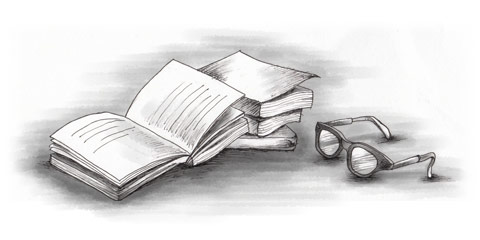A typical meal in Kazakhstan
Guests are normally given a place of honour when invited to eat, promptly being offered a bowl of kumys or shubat. Western stomachs may need some preparation for these, the base ingredient of kumys being fermented mare’s milk, and camel milk in the case of shubat.
The table will then be filled with balls of fried dough known as bauyrsaks, thin pastries filled with meat and onion called kauysyrma, raisins, kurt (small, salted cheese balls), and tea. While tea is not native to Kazakhstan, it is hugely popular and is one of the main drinks in Kazakh society.
After a long-drawn tea ceremony, assortment of dishes on the festive table will be complemented by a variety meat dishes, typically kazy, shuzhuk, zhaly, zhaya, karta, kabyrga. These are all traditionally prepared with either horse meat or lamb.
Forget the cutlery
The main dish of Kazakh cuisine with which owners welcome their guests is beshbarmak. This translates into English as ‘five fingers’ due to the tradition of eating the dish by hand. Beshbarmak's main ingredients are meat (lamb or horse meat), pasta (cut into small squares), and herbs (dill, parsley, coriander, etc.).
The procedure of cutting meat cooked for beshbarmak is a special ritual, the honour of which falls to the host or special guest. According to tradition, each cut of meat has its own meaning and is served in a special way. Honoured guests are given meat from the pelvic bone and tibia; pruning from the sternum goes to sons- and daughters-in-law; and unmarried girls are served meat from the cervical vertebra.
The sheep’s head has a particular cooking method, and is served separately from the rest of the meat. The guest with the highest rank is given the right to cut into it.
To start and finish
A Kazakh meal will often start off with a bowl of sorpa, a rich broth made with seasoned vegetables, herbs and spices, and is drank rather than eaten with a spoon. A tea ceremony with different Kazakh sweets such as kospa, zhent, balkaimak, uyz completes the meal.
New Year feast
Kazakh New Year, known as Nauryz, is an important celebration lasting several days from the 21st of March, Spring equinox. During the celebrations, a unique recipe called Nauryz kozhe is served throughout all villages and towns.
The essential ingredients of Nauryz kozhe are meat, grains, salt, water, and milk or yoghurt. Others may be added, usually resulting in seven different ingredients to symbolise seven different virtues: health, wealth, joy, success, intelligence, agility and security.
This article was contributed by Optimum Translation Agency, offering language services in Kazakh, Russian and English.

